

Desert Dream
Project Case Studies | January 24, 2023 | The Lighting Exchange
Teamwork was key among the parties renovat - ing the Footprint Center, home to the NBA’s Phoenix Suns, as the delicate “construc - tion during away games” song-and-dance was thrown off balance by unpredictable forces bookending the project. Just after the renova - tion kicked off in late 2019, HOK Architects and Electrolight quickly faced COVID-induced work and travel restrictions, making communication and site visits challenging. By the time the design team was wrapping up in late 2021, however, schedul - ing complications became more celebratory. “It was supposed to be completed in 18-20 months,” explains Claudio Ramos, director at Electrolight, San Francisco. “But the Suns’ team rocked in 2021 [reaching the NBA finals] and ended up delaying construction, which was great regardless.”
While circumstances and schedules evolved over the project’s two-year timeline, the surrounding red-rock landscape, highlighted by Phoenix’s striking desert sun, did not. Those tell-tale elements of the Arizonian landscape are woven into the new design, connecting the arena with its local roots, while also creating a modern asset for the community. “The lighting adds another layer to the architect’s concept, which references the unique Sedona rock foundations and the wonderful quality of light associated with the desert,” explains Lu Huang, senior designer, Electrolight. “We created a journey that leads the spectator to follow the ‘canyon path,’ represented by the atrium, to the ‘valley’ of the basketball court.” To create the canyon journey, the atrium is flanked with an arrangement of vertical LED strips that illuminate the adjacent wall paneling, revealing the texture and tone of the material, as well as the geometry of the space. “We specified Ecosense Slim Cove Dim for the vertical LED strip in the canyon,” Huang says. “This line-voltage fixture eliminated [the need to use] a remote driver, allowing for a longer continuous LED run, and simplified installation and coordination.” Electrolight selected a CCT of 4000K for the vertical fixtures, which blends with the daylight that enters from the glazing façade. The downlight layout was also designed to match the shape of the pavilion plan, so that the fixtures in the atrium “contour the building,” Huang says, especially when viewed from the exterior through the glass walls.
Clubs and private suites lining the basketball court allude to small caves surrounding the valley, furthering the overall theme. Indirect lighting in these spaces mimics the light traveling through gaps into a cave, hinting that there is more to explore on the upper levels. “We used a lot of LED tape and aluminum-extrusion combinations from Kelvix at many places where we had limited real estate to work with,” Huang explains. “We set the CCT in the clubs and suites at 2700K, much lower than the CCT at the pavilion and the concourse. This strategy helps tells the story of the journey traveling through the valley to the cave, turning the atmosphere into a more intimate and private setting.” Handrail lighting (ETi Lighting) helps achieve safe light levels at stair locations in the suites and clubs, while the rest of the space remains dim. “The 2700K light not only illuminates but also gives warmth to the stairs,” Huang adds. Additional lighting concealed in screens and mesh, as well as select custom pieces, add visual interest. The centerpiece of the Annexus Social Club, for example, is a 15-ft tall custom light sculpture. “We designed strings of light tubes (SPI Lighting) that look like light beams dropping down from the ceiling interlaced between the brass tube sculpture,” Huang explains. “It creates a dynamic in the space—and it’s one of the most special installations we have ever created in our practice.” A monumental video wall also projects colors into the Annexus Social Club. The color of downlights in the space changes based on the media content on the wall, creating an immersive and dynamic experience for guests.
Themed bars and concession areas are located above the valley on the upper levels. “The frontier saloon is the central theme in this area,” Huang says. “Leather, copper and lots of rusty materials fill the interior.” The lighting scheme renders and enhances the materiality of hardware and finishes to finalize the whimsical, gold-rush-era vibe. Electrolight was also tasked with designing a flat pendant for the space above the wide bar counter. The team collaborated with Eleek, a custom light ing manufacturer in Oregon, to create two pieces. “The copper finishes with the 2700K CCT pendant lights are the best companions for the leather saddle stools,” Huang explains.
Court lighting was designed by Musco Lighting, while the project’s electrical engineer, AEI, specified a lighting control system by nLight, which utilizes a mix of DMX, 0-10-V and phase dimming. “We designed the lighting to deliver 35 footcandles in the pavilion; 15 fc at the main concourse; 10 fc at secondary circulation; and 5-15 fc in the lounges and clubs,” Huang says, adding that the local health department requires a minimum of 35 fc at all food and beverage service counters. The project was broken into three phases to allow the Suns to have home games during the renovation process. “The design and construction were staggered with each other; therefore, the team was constantly developing the design while solving field-conflict issues simultaneously,” Ramos says. “Implementing new document-sharing technology made the coordination process quicker and reduced site-visit travels, which helped reduce the carbon footprint of this project.” The resulting building infrastructure upgrades, combined with new and enhanced amenities, make the desert dream a reality—for players and fans alike.
To read this article on SPI Lighting's website, please click here!
Other News Content by:
SPI Lighting
NEW! Re-Engineered LIGHTRUSS RAIL by SPI Lighting
Product Launch | December 11, 2025 | SPI LightingNew From SPI Lighting: ECHO BLADE MICRO MAX EXTERIOR
Codes & Compliance | July 08, 2025 | SPI LightingSPI Lighting: Truer Colors. Higher Efficacy.
Technology Advancements | May 29, 2025 | SPI LightingINTRODUCING! NOVATO GLOBES Surface by SPI Lighting
Product Launch | March 26, 2025 | SPI LightingSPI Lighting: INTRODUCING! ZYNN 3” LINES - Wet Location
Product Launch | March 05, 2025 | SPI Lighting
